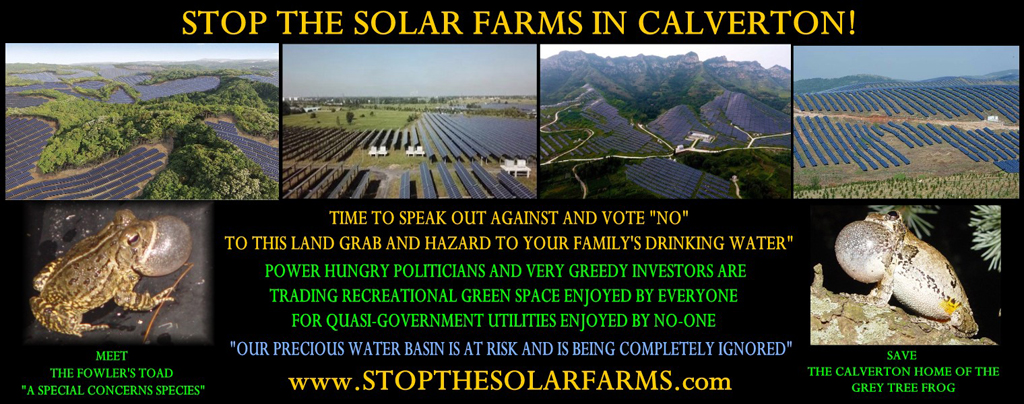This story originally appeared on Grist and is part of the Climate Desk collaboration.
Solar panels are an increasingly important source of renewable power that will play an essential role in fighting climate change. They are also complex pieces of technology that become big, bulky sheets of electronic waste at the end of their lives—and right now, most of the world doesn’t have a plan for dealing with that.
But we’ll need to develop one soon, because the solar e-waste glut is coming. By 2050, the International Renewable Energy Agency projects that up to 78 million metric tons of solar panels will have reached the end of their life, and that the world will be generating about 6 million metric tons of new solar e-waste annually. While the latter number is a small fraction of the total e-waste humanity produces each year, standard electronics recycling methods don’t cut it for solar panels. Recovering the most valuable materials from one, including silver and silicon, requires bespoke recycling solutions. And if we fail to develop those solutions along with policies that support their widespread adoption, we already know what will happen.
“If we don’t mandate recycling, many of the modules will go to landfill,” said Arizona State University solar researcher Meng Tao, who recently authored a review paper on recycling silicon solar panels, which comprise 95 percent of the solar market.
Solar panels are composed of photovoltaic (PV) cells that convert sunlight to electricity. When these panels enter landfills, valuable resources go to waste. And because solar panels contain toxic materials like lead that can leach out as they break down, landfilling also creates new environmental hazards.
Most solar manufacturers claim their panels will last for about 25 years, and the world didn’t start deploying solar widely until the early 2000s. As a result, a fairly small number of panels are being decommissioned today. PV Cycle, a nonprofit dedicated to solar panel take-back and recycling, collects several thousand tons of solar e-waste across the European Union each year, according to director Jan Clyncke. That figure includes solar panels that have reached the end of their life but also those that were decommissioned early because they were damaged during a storm, had some sort of manufacturing defect, or got replaced with a newer, more efficient model.
When solar panels reach their end of their life today, they face a few possible fates. Under EU law, producers are required to ensure their solar panels are recycled properly. In Japan, India, and Australia, recycling requirements are in the works. In the United States, it’s the Wild West: With the exception of a state law in Washington, the US has no solar recycling mandates whatsoever. Voluntary, industry-led recycling efforts are limited in scope. “Right now, we’re pretty confident the number is around 10 percent of solar panels recycled,” said Sam Vanderhoof, the CEO of Recycle PV Solar, one of the only US companies dedicated to PV recycling. The rest, he says, go to landfills or are exported overseas for reuse in developing countries with weak environmental protections.
Even when recycling happens, there’s a lot of room for improvement. A solar panel is essentially an electronic sandwich. The filling is a thin layer of crystalline silicon cells, which are insulated and protected from the elements on both sides by sheets of polymers and glass. It’s all held together in an aluminum frame. On the back of the panel, a junction box contains copper wiring that channels electricity away as it’s being generated.

